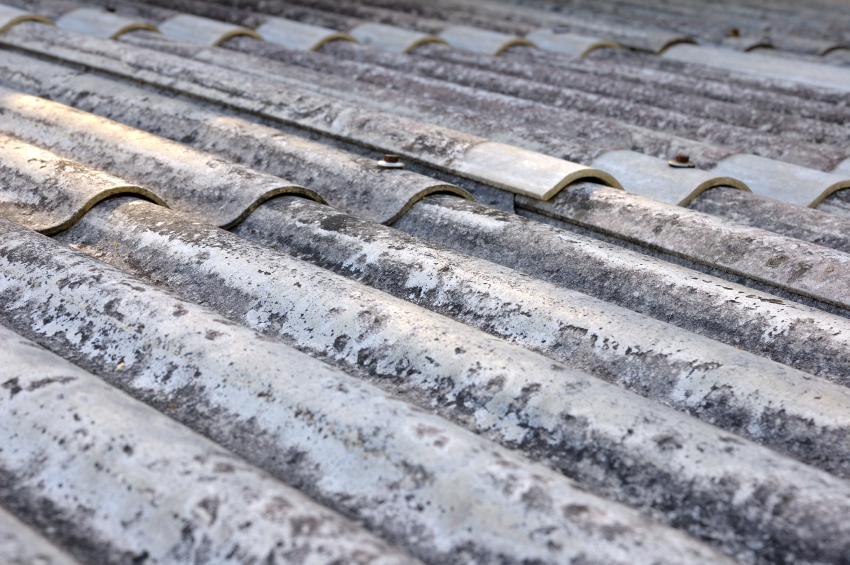Asbestos is, without doubt, one of the most dangerous building materials ever used in construction. While we may not have realised the risks at the time, we certainly do now. So, asbestos is no longer legal. That said, there’s a lot of this material left behind. So you may find yourself having to work with or around it.
In that case, you will need to make sure that you provide yourself the utmost protection. This involves wearing an appropriate mask but what is the best type of mask to use for asbestos?
According to the HSE, any respiratory protective equipment used in the presence of asbestos should have a minimum APF of 20. The importance of a well fitting mask cannot be underestimated.
If you know that you will be working with asbestos, you’re in the right place. In this guide, we’ll be telling you everything you need to know to stay safe.
What Is The Best Mask To Use For Asbestos?
When working with asbestos, the best type of mask offers full facial and respiratory protection. While most people are familiar with the notion that asbestos fibres irritate the respiratory system, there are other associated problems.
For example, according to Canadian experts, eye irritation is not uncommon. You may experience tearing and mild pain. For this reason, the savviest asbestos workers opt for a full face dust mask. These will prevent any irritation and stop you from breathing in particles.
Keep in mind that your mask must have an APF rating of 20 or higher. Any lower than this and it may not offer complete protection. If your employer is providing you with an asbestos mask, they are responsible for making sure it is correctly rated.
Disposable masks are the best option and there are several different types. For example if you are using a disposable respirator, this must be type FFP3 or FMP3. In other cases, you might use a half respirator. This must contain a P3 filter and be type EN140.
The masks discussed in the previous paragraph are typically designed for short term work. If you are going to be more heavily exposed to asbestos then you would need additional protection. This normally comes in the form of an air-fed respirator.
Ensuring The Correct Fit
When choosing a mask for asbestos, you must make sure that it offers a snug fit. If there are any gaps or loose parts, there is a risk of fibres getting through. You can have the very best PPE equipment but if it doesn’t fit properly, it’s useless.
This is why anyone wearing a mask for asbestos is required to have a face fit test. There are two things that determine a good fit; good contact with the skin and a tight seal. Since facial hair may impede the ability to create a tight seal, it’s often recommended that this be removed before doing a face fit test.
That said, if you prefer not to remove your facial hair, there are hooded respirators that do not require a seal.
Another common issue where fit is concerned is the wearing of glasses. Sometimes, these can cause a gap which makes it difficult to create a seal. Be sure to check this before entering an asbestos laden environment.
It’s also important to keep in mind that you need to be medically fit to wear respiratory protection equipment. If you aren’t sure about this, speak to your doctor beforehand.
Can’t I Just Wear Two Regular Dust Masks?
Many people have regular dust masks lying around so it can be tempting to just double up and hope for the best. Do not do this! Despite having two layers of protection, this simply isn’t enough to stand up to asbestos.
Disposing Of Masks
After you have finished using your RPE, it should be disposed of safely. After all, it has been exposed to asbestos. Your employer should have an asbestos waste bin that’s separate from other waste. Here is where you should place your used masks.
Conclusion
Asbestos is highly dangerous and comes with health risks that include a specific type of lung cancer. In order to avoid problems, you must wear appropriate PPE when working around this hazardous material.
An asbestos appropriate mask should have an APF of at least 20. If you are working for long hours around asbestos, then you may need an air-fed respirator. In any case, it is essential to ensure a proper fit which should be snug and without any gaps.
FAQs
Can N95 Mask Be Used For Asbestos?
An N95 mask is a disposable product that is designed to cover the nose and mouth. It will protect you from things like mould and dust. While these masks do offer a degree of protection, they’re simply not suitable for asbestos.
Is P3 Mask OK For Asbestos?
The HSE states that any mask used for asbestos must have an APF rating above 20. P3 masks are APF20, so while they’re on the border, they are still suitable. These masks are ideal for protecting against fine particles such as asbestos fibres.
Do You Need A Mask For Asbestos?
It can be tempting to ignore advice and not use a mask. After all, asbestos was used in so many products for so long; it can’t be that dangerous, right?
This isn’t true. The fibres of asbestos are very small and you can breathe them in very easily. While minor exposure isn’t likely to be life threatening, there’s always a risk. Prolonged or repeated exposure to asbestos can cause lung cancer. It’s not worth the risk to your health not to wear a mask.
